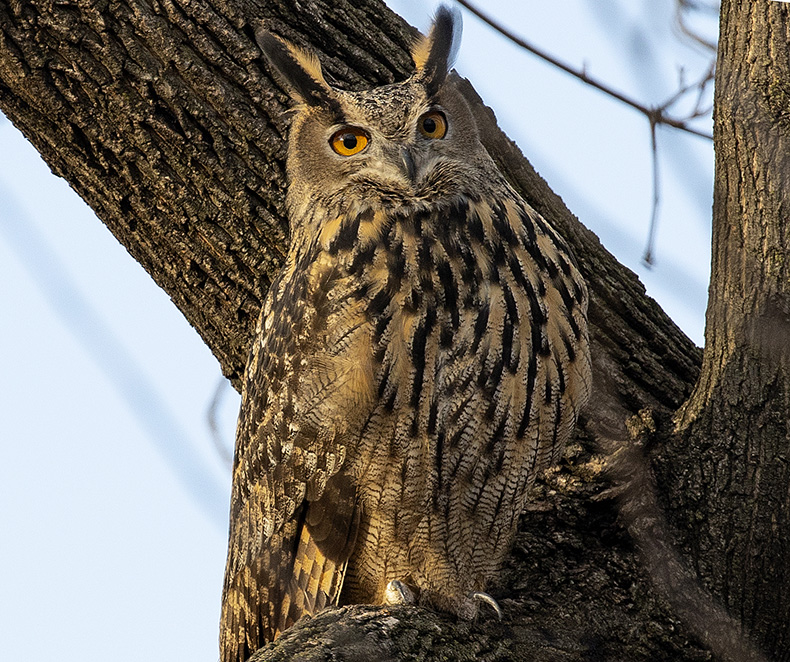
Flaco is a male Eurasian eagle-owl who escaped his long-time enclosure at Central Park Zoo in New York City and took up residence in Central Park in February 2023. As an exotic species in North America, and one which was confined to a small enclosure in a zoo, his escape attracted significant public and press attention. There were concerns for his ability to feed himself after being captive for so long, since he had no need to fly or hunt, but he was seen successfully catching and eating rats a week after his escape. Attempts to recapture Flaco failed and a petition circulated advocating that he remain free. Zoo officials ceased attempts to recapture him once it became clear he was eating on a regular basis and his flying skills improved, though there are lingering concerns about potential dangers in the park, like rodenticide. He remained in Central Park for nine months, eventually wandering to nearby buildings and neighborhoods in Lower Manhattan.
Background
The Eurasian eagle-owl (Bubo bubo) is a species of eagle-owl that resides in much of Eurasia. It is one of the largest species of owl; males weigh from 1.2 to 3.2 kg (2.6 to 7.1 lb) and have a wingspan of 131–188 cm (4 ft 4 in – 6 ft 2 in).[1] This bird has distinctive ear tufts, with upper parts that are mottled with darker blackish coloring and tawny. The wings and tail are barred, and the underparts are a variably hued buff, streaked with darker coloring.[2] They are nocturnal predators, mostly eating small mammals such as rodents and rabbits, as well as occasional larger mammals and birds of varying sizes. They are found in many habitats, but are endemic to mountainous regions or other rocky areas, often those near varied woodland edge and shrubby areas with openings or wetlands to hunt a majority of their prey. Within their range, they have been known to live in city parks, but no part of their native range overlaps with North America.[3]
Flaco is a male Eurasian eagle-owl born in a North Carolina bird sanctuary in 2010 and taken to the Central Park Zoo later the same year.[4][5][6] He lived in captivity there for more than 12 years at the time of his escape.[4][5] His enclosure was about the size of a bus stop, according to Gothamist, with fake rocks, a few branches, and a painted backdrop.[7][8] It was located in the Temperate Territory part of the zoo, near a theater and the Penguins and Sea Birds building.[7][8]
Escape and monitoring

On February 2, 2023, one or more people, who have not been caught, damaged Flaco's enclosure at the zoo.[7][9] The owl escaped through a hole left by the vandals in the exhibit's stainless steel mesh, and zoo employees noticed he was gone at around 8:30 PM. Prompted by the Wild Bird Fund, an Upper West Side wildlife rehabilitation hospital, NYPD officers unsuccessfully attempted to capture the owl Thursday night near the Bergdorf Goodman Building on Fifth Avenue in Manhattan.[10] The next day, he was found in a tree in the southern part of Central Park and spent his first days outside of captivity in various parts of the park, including the Hallett Nature Sanctuary, the area around the zoo, and the Central Park Zoo's crane enclosure.[7][10][11]
Attempts to recapture

Soon after his escape, zoo staff began efforts to recapture Flaco, monitoring him for the first several days.[3][7] Owls are generally difficult to capture; a typical strategy is to lure them with food. Zoo employees tried without success to bait Flaco with dead rats.[3][5] The first attempt was with a bal-chatri trap, a baited trap covered in wire loops which snare a bird's talons when they try to get to the prey.[8] It was placed on the park's Heckscher Ballfields, with zoo staff hidden nearby with nets.[8] Flaco went for the rat and was briefly caught, but managed to free himself.[8] Staff then tried using audio recordings of eagle-owl calls to attract him to other traps, again without success.[12] The crowds which formed to look at Flaco may have contributed to his reluctance to take food from the zoo's traps.[13] The employees were instructed not to speak to the press, but several anonymously expressed frustration and exhaustion in news reports.[7]
Survival outside captivity
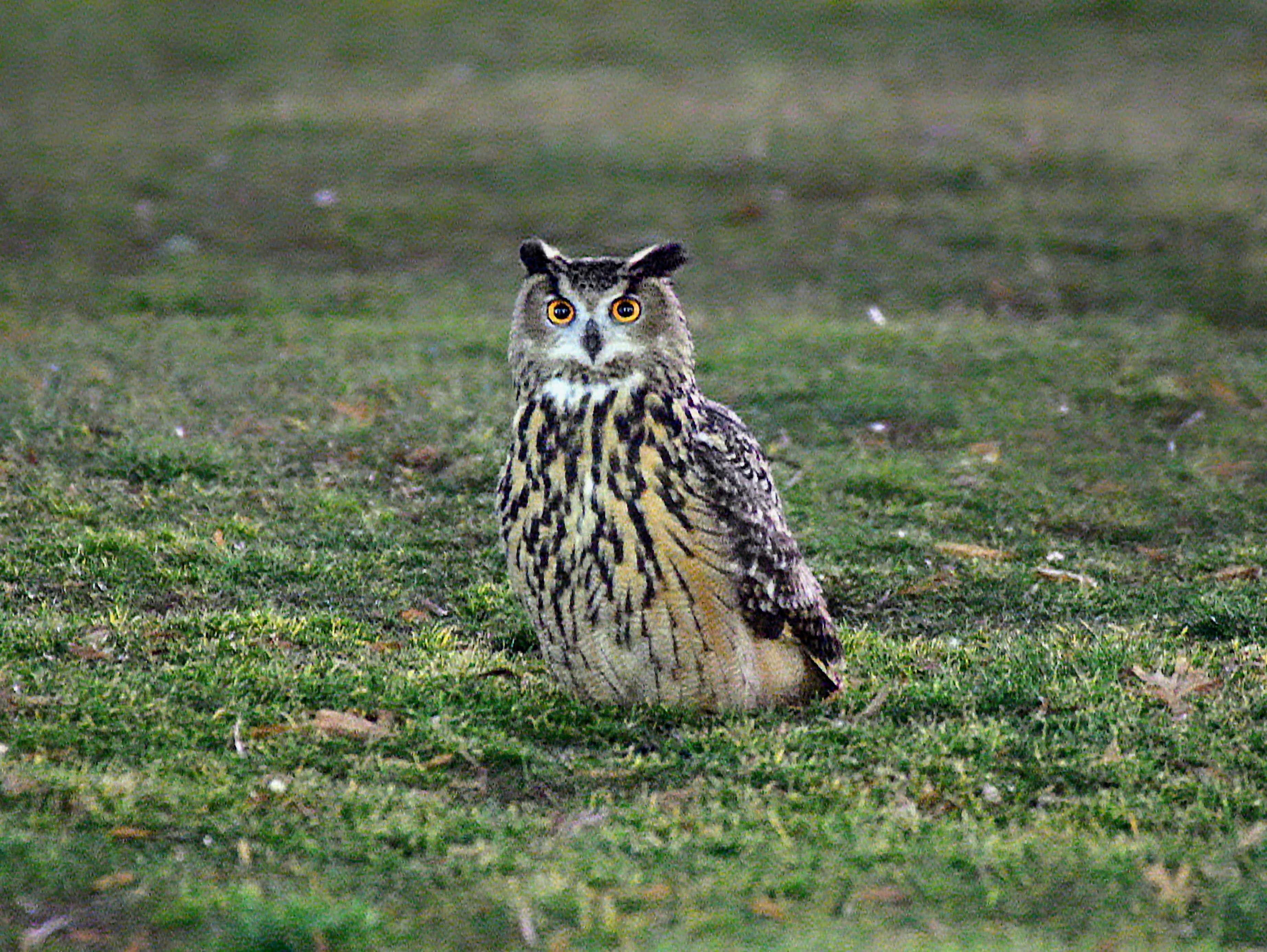
Local birders and zoo officials speculated that Flaco would have a difficult time surviving after such a long time in captivity, since he did not have reason to develop his flight and hunting skills in that time.[14][15] A representative for the International Owl Center said his flying appeared to be unsteady, and that he "looked stressed" at first.[16] There were no reports of him eating in his first several days after escape, but, on February 10, he was observed producing a pellet, a mass of undigested animal parts that owls regurgitate after eating.[15][17] With the news that he had hunted successfully, some people who followed the story began to argue against efforts to return him to the zoo, along with a petition to the zoo.[12][18] The Wildlife Conservation Society (WCS), the organization which runs the Central Park Zoo and other zoos in the area, released a statement on February 12 saying that its staff observed improved flight skills and saw Flaco successfully hunting and eating. With recapture less urgent to his survival, and concerned that aggressive methods might scare him to an area where he is either less able to take care of himself or less visible, WCS said zoo staff would scale back and redesign their efforts.[19][17][20] Later the same week, the WCS said another attempt to use bait and eagle-owl calls failed, and would stop trying to capture him. Instead, they would continue to monitor his well-being and be prepared to try to intervene if necessary.[21][22]

In November 2023, Flaco ventured outside of Central Park for the first time since February, seen in a sculpture garden in the East Village neighborhood of Manhattan and later on the Lower East Side.[23][24][25] Though his movement may have been triggered by the New York City Marathon or mobbing by crows, November is part of the breeding season for his species and he may have been looking for a mate.[25][26] There are no wild Eurasian eagle-owls in the vicinity, but there are members of a similar species, great horned owls, including one named Geraldine who has frequented Central Park.[26][27] He returned to the park after a week, but has made additional forays outside, including several stops outside windows on city buildings.[28] The Wall Street Journal described him as "peeping tom" after Flaco was recorded multiple times staring through people's windows during this time, including the window of playwright Nan Knighton.[6][29]
Public attention
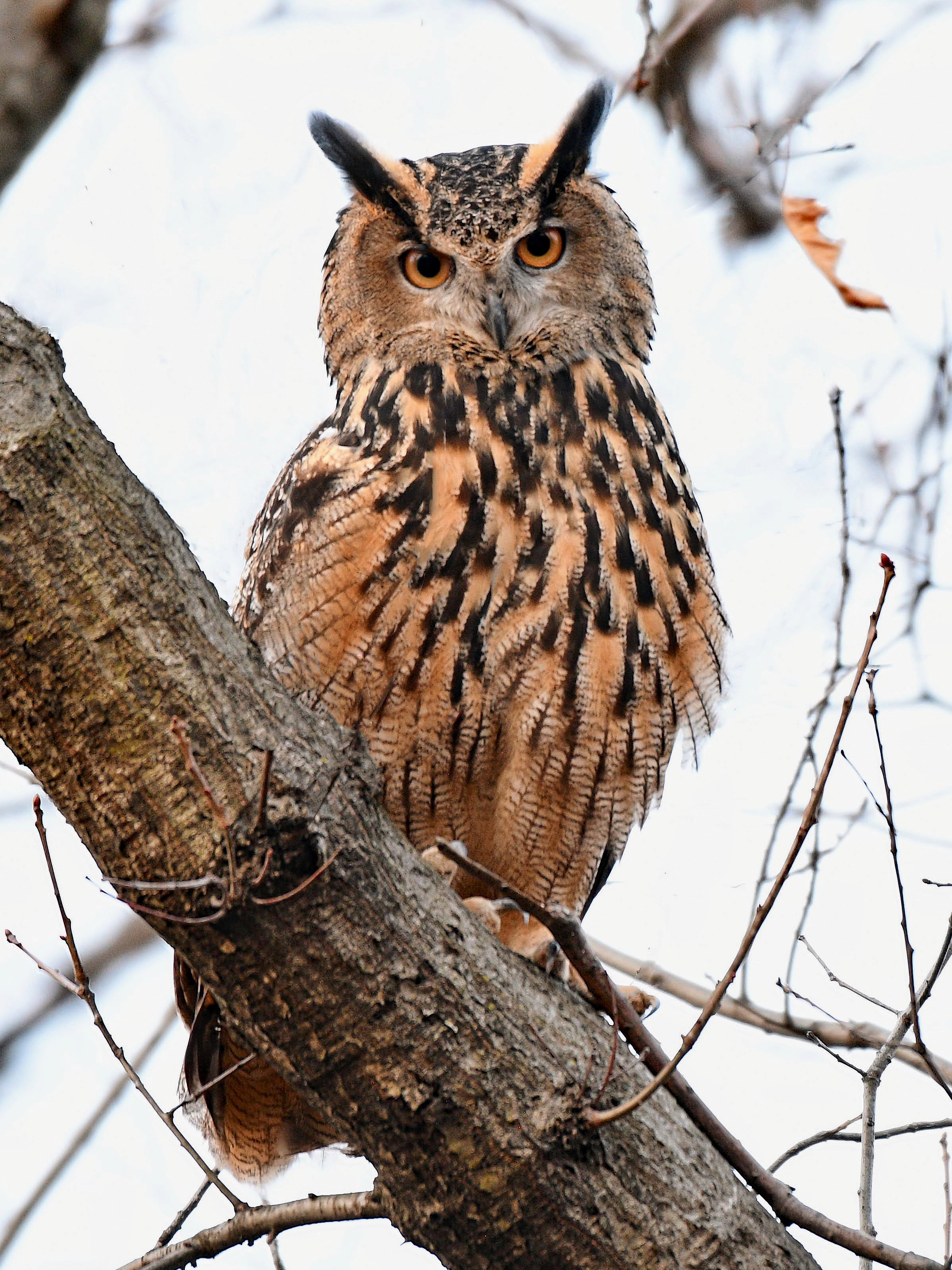
Public attention to Flaco in Central Park quickly led to national news coverage and comparisons to other New York City "celebrity" birds like the mandarin duck seen in Central Park in 2018.[11][30] Many New Yorkers living in small apartments projected their desire for more space onto Flaco or identified with his need to adapt to life in New York City.[16][31] He became a tourist attraction and a site for people to socialize.[32][33] Defector wrote that "friendships and romances were forged at the foot of Flaco's trees".[33] An article in the French newspaper Le Monde said Flaco was "worth the journey", with a backstory "worthy of a Walt Disney screenplay."[34]
/https://tf-cmsv2-smithsonianmag-media.s3.amazonaws.com/filer_public/f6/3c/f63cc158-1754-4051-a52f-59a8049b1bc7/foefijwwaa8jfkh.jpeg)
Zoo officials and some other birders criticized the sharing of the bird's location on social media.[5][13] Publicly sharing the location of owls is a controversial practice among birders, particularly in New York City. Owls like Flaco are nocturnal hunters and roost during the day, when crowds of people can disturb their ability to rest, especially those who do not follow standard ethical guidelines for birdwatching, for example getting too close or making loud sounds to get a bird's attention for a photograph.[32][35] The large number of people may make him more conspicuous to potential prey or to birds prone to mobbing behavior, interfering with his ability to hunt or rest.[36]

Although Flaco has successfully hunted, living in Central Park has other risks like vehicle traffic, rodenticide, and window collision.[7][12] In 2021, when another Eurasian eagle-owl escaped from a zoo in Minnesota, it was killed in a road accident two weeks later.[12] Rats are plentiful prey, and the prevalent use of rat poison in the city has made poisoning a common cause of death for raptors.[37][38] Another owl, a barred owl known as Barry, was killed in the park in 2021 when she collided with a maintenance vehicle, perhaps affected by the quantity of rat poison inside her.[39][40] The Central Park Conservancy, the organization which runs the park, has said it was not using rat poison, but rodenticide is still in use in the surrounding area.[41] His forays outside the park starting in November 2023 renewed fears of rodenticide and vehicles, both of which are more common in other parts of the city.[33][24] The National Audubon Society published an article entitled "What Should Be Done About Flaco, the Eurasian Eagle-Owl Loose in New York?", in which the author argued for consideration not just for Flaco's well-being, but also that of native species of birds he could eat.[12] Another Audubon representative told Slate that there is also a chance for Flaco's celebrity status to have a positive influence on other birds, since he is an example of "charismatic megafauna" which can inspire people to consider other wildlife.[36]

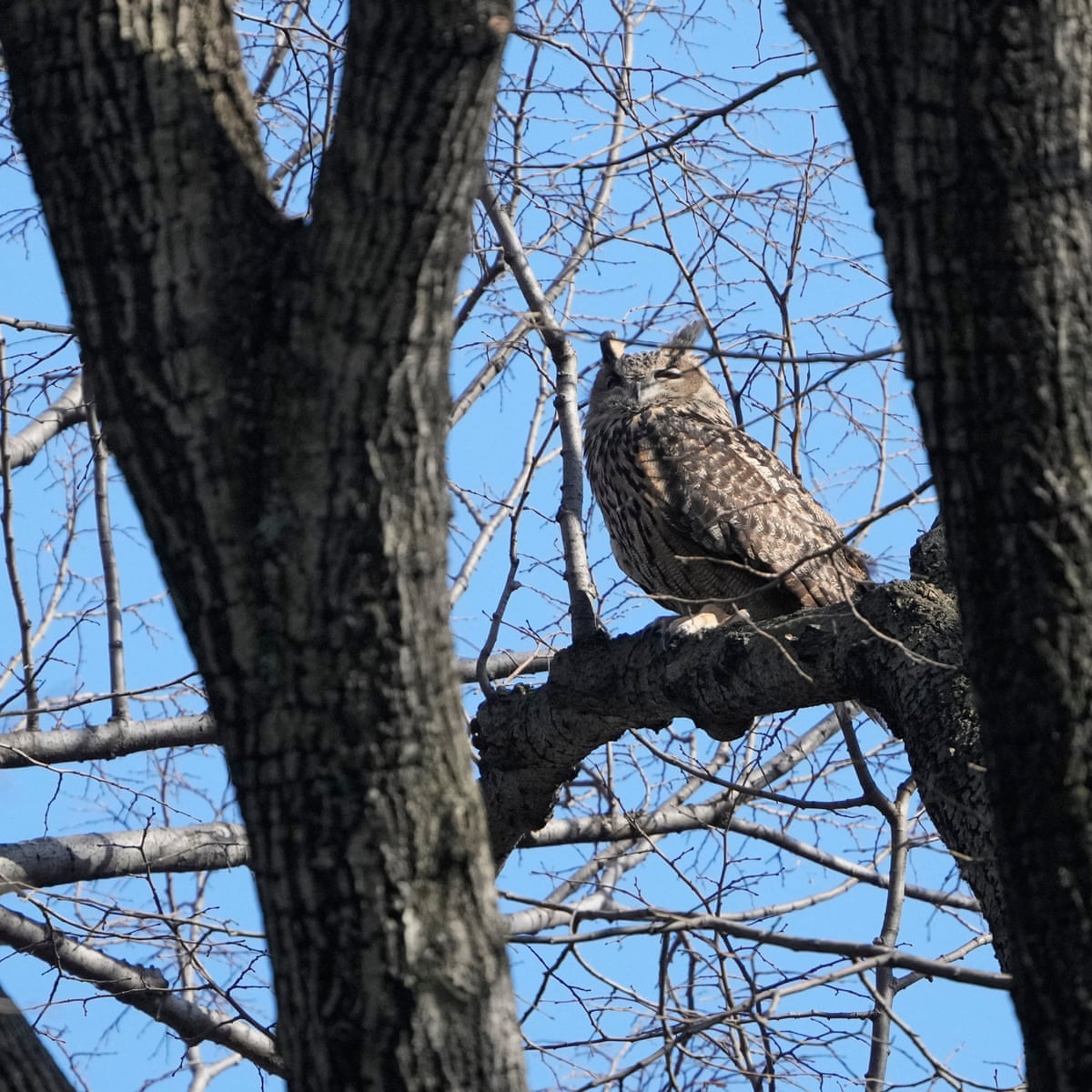

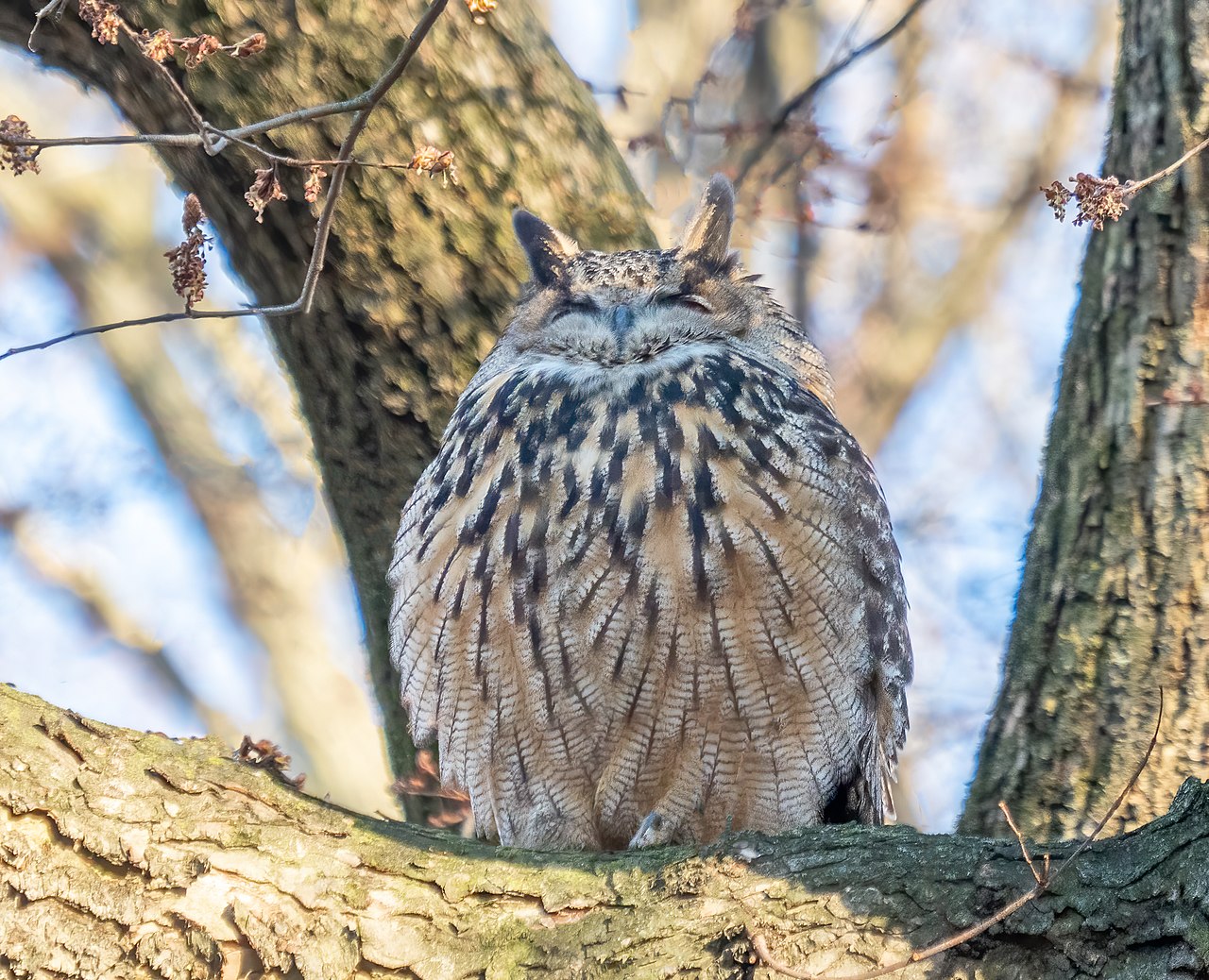
:max_bytes(150000):strip_icc():focal(1059x412:1061x414)/flaco-owl-loose-central-park-020923-3-f949d93168f7447591d8fb3f480a8428.jpg)

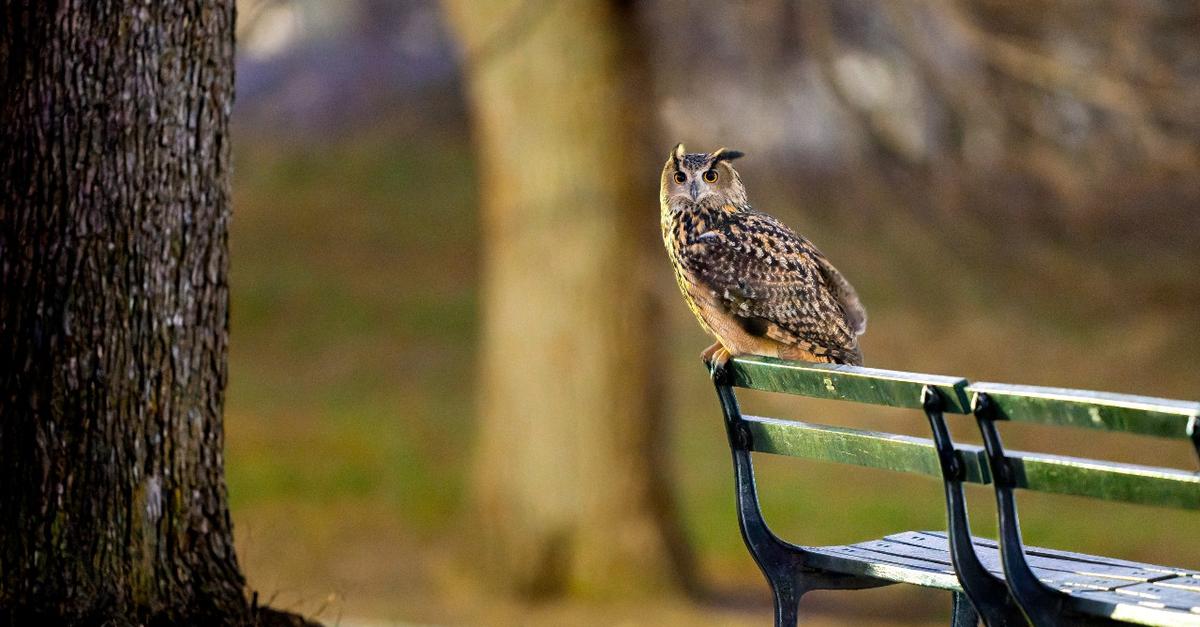
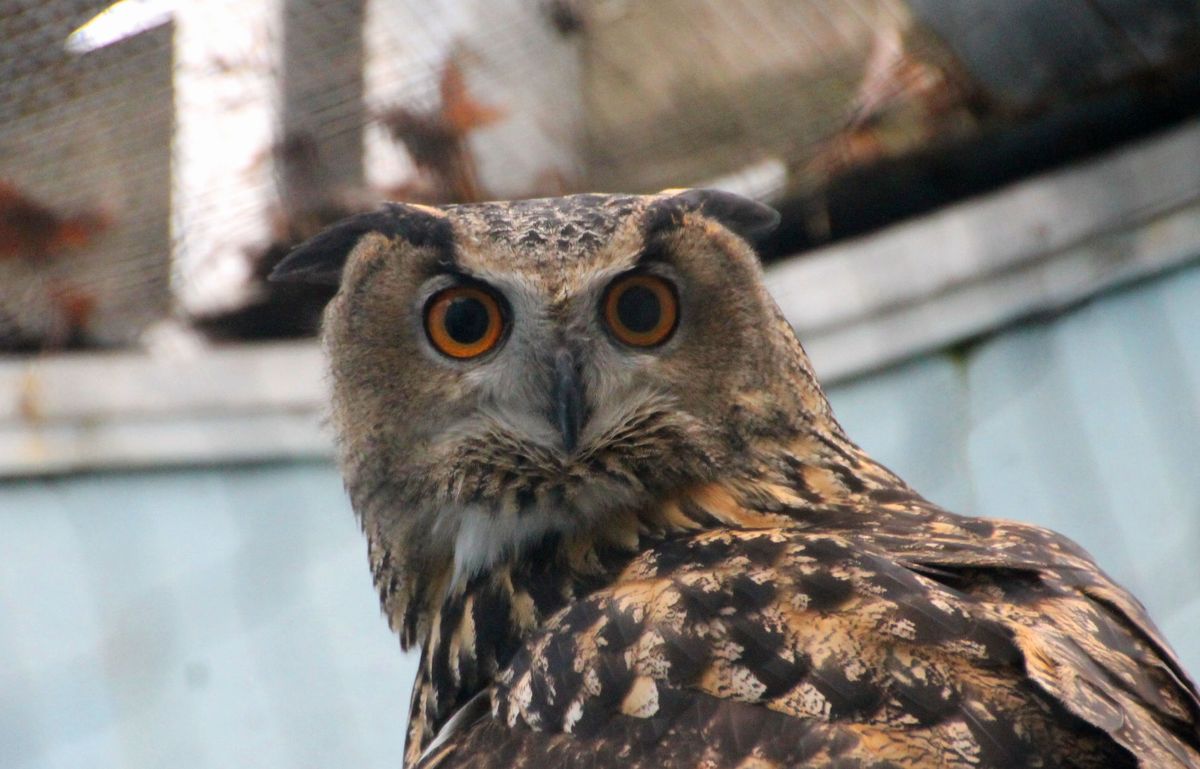
No comments:
Post a Comment
Note: Only a member of this blog may post a comment.